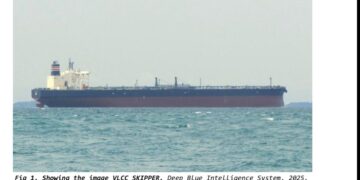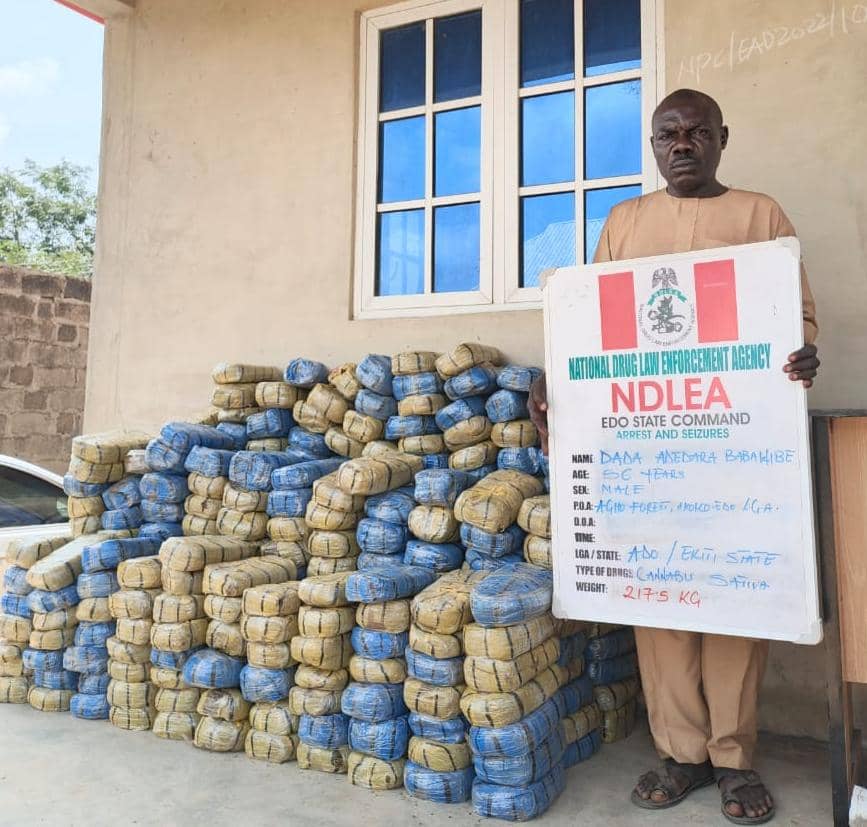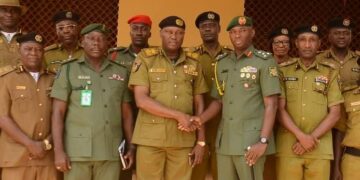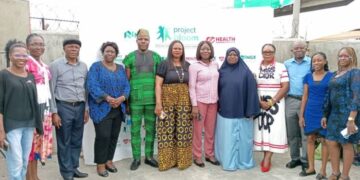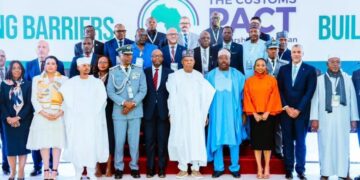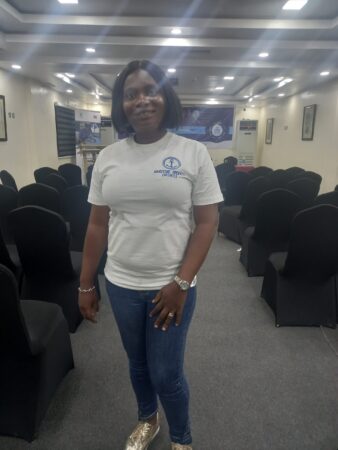The Nigerian Maritime Administration and Safety Agency (NIMASA) is expected to play a pivotal role in ensuring seamless implementation of the maritime code of practice for the protection of women in the maritime security space. This came up during a recent launch of the maritime code of practice by the Kofi Annan International Peacekeeping Training Centre (KAIPTC) in Lagos, one of such launch planned for seven African countries including Cameroun, Congo-Brazzaville, Nigeria, Ghana, Cote d’Ivoire, Liberia and Senegal. Expressing her thoughts in this regard, Mrs. Theodora Nwaeze, a management staff of LTT, coastal and marine services providers, supported the discussion that NIMASA’s role would greatly drive the success of the code. She also spoke on how well her organisation takes the issue of gender equality with attention given to mentoring young female seafarers as well as getting them engaged based on competence.
What are your expectations from the launch of the Maritime Code of Practice regarding women’s protection in maritime security?
Like I said during the programme, for us to work with this code and be able to implement it, the Flag State, which is NIMASA, needs to help the maritime stakeholders, because in the sector, you can’t do anything without the Flag State. I think the Flag State has the authority to put the operators to task to ensure that they engage a percentage of female seafarers since the maritime sector is male-dominated. They can simply say “we want all stakeholders that have a vessel to ensure that at least 2 per cent of the crew onboard is female. It will go a long way since NIMASA does all registration for shipowners. Shipowners, as a matter of protocol, submit their daily and monthly reports to NIMASA. NIMASA can simply request to know the ratio of female seafarers in the 120 crew members on board a vessel. This will go a long way for us to ensure that younger seafarers would not become weary. They would not say it is a very tough terrain for female seafarers. In my company, we have a lot of female seafarers on board as well as those who work in the office. This is because we are trying to make sure that the issue of gender equality gets the needed attention. When my MD noticed there were no females on our vessel, he insisted on making a good gender-mix of having as many qualified female seafarers as possible. So, we started taking young female cadets and trained them. We sent them back to school, either to the Maritime Academy in Nigeria or in Ghana. After their training we retained them in our system, having a number of them working as marine engineers. It will interest you to know that we trained them to even the chief engineer level.
Prior to this time, have you had engagements with NIMASA on this subject-matter?
Yes. For this reason, the Cabotage unit in NIMASA expresses great regards for LTT because we are trying to grow the local content. Even our cooks are three females on the vessel. They are competent seafarers; they have their STCW and all required documentation for seafarers to work on the vessel.
What have you observed as posing the most challenges to the women seafarers?
You can be sure that women may have peculiar challenges. But, I think that they are as competent as their male counterpart. However, it is very important for them to have mentors that can guide them through whatever challenges they may be facing. I think the routine of 28 days on board and 28 days off may be a sort of challenge. But for our operations being within the coastal area, is very good for them. A female seafarer can seek permission to go and see their family. When that is not granted, it could be challenging. However, it is important to make their internal working conditions friendly.
How soon would changes begin to happen with regards to the code of practice?
It is already happening in LTT, like I mentioned earlier. We have been talking and acting it long before the industry started giving it prominence.






